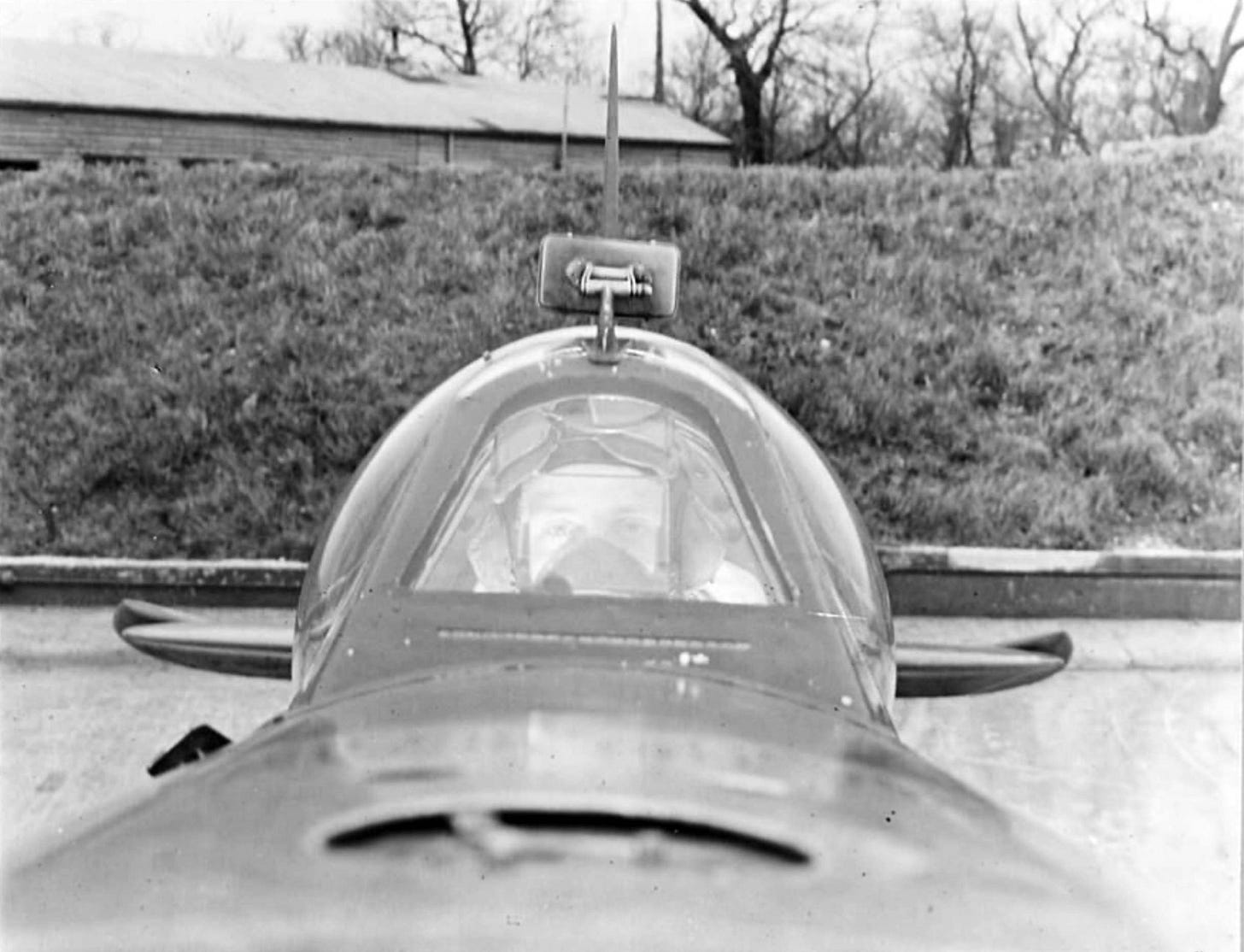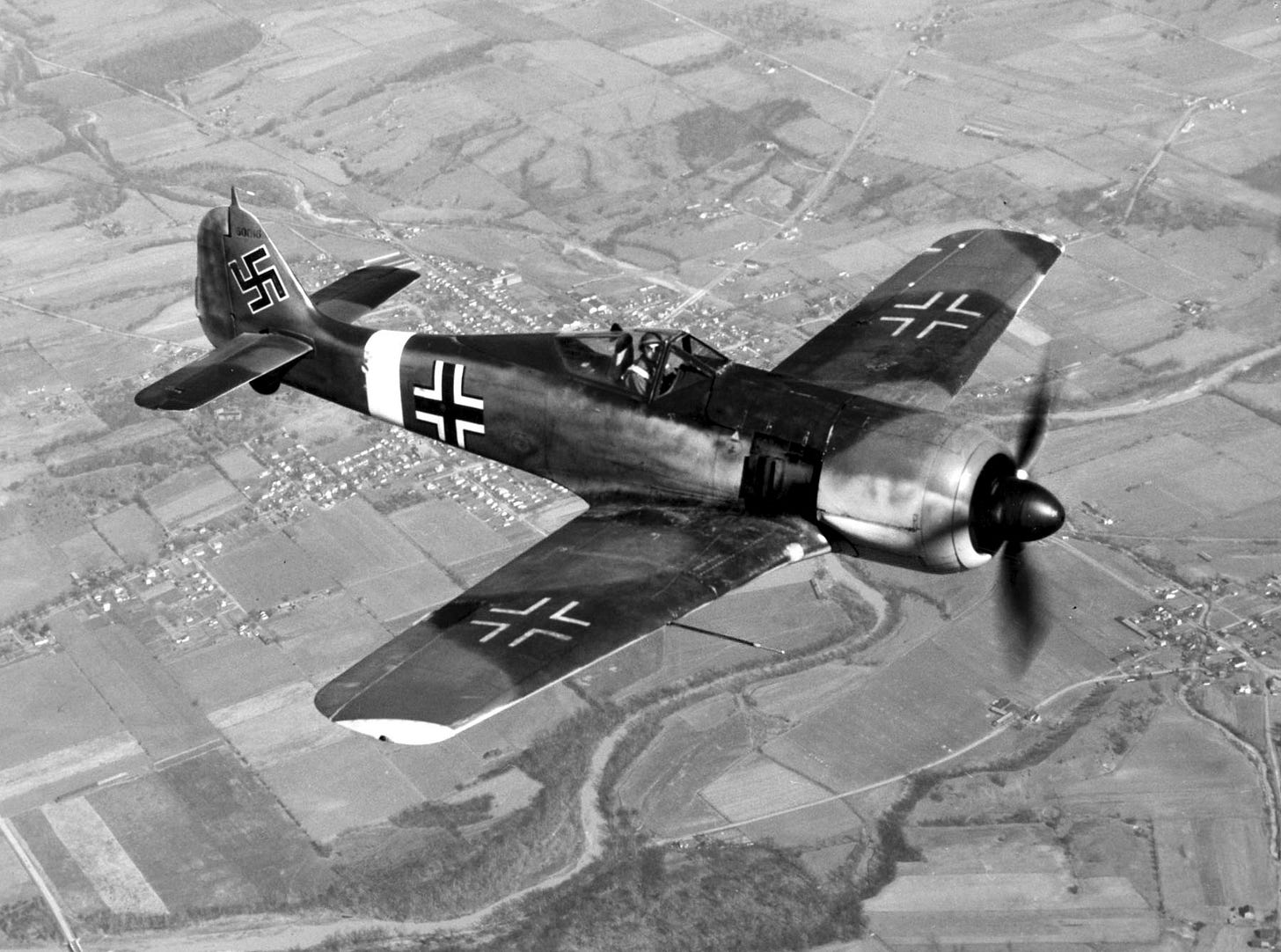Pierre Closterman opens his score
27th July 1943: The Free French, fighting with the RAF, face down the Luftwaffe in a sortie over northern France


Pierre Closterman1 had joined the Free French, No.341 Squadron in the spring of 1943. Now based at the famous RAF station at Biggin Hill in the south of England, under the leadership of Henri Mouchotte, they were as experienced as any squadron in RAF Fighter Command.
Led by a magnificent Fw 190 A-6 painted yellow all over and polished and gleaming like a jewel, the first were already passing on our left, less than a hundred yards away, and turning towards us. I could see, quite distinctly, outlined on their long transparent cockpits, the German pilots crouching forward.
‘Come on, Turban Yellow, attack!’
Twenty-two-year-old Closterman had spent time developing his skills under the tutelage of the older pilots, including Mouchotte and Martell, but he had not yet made a name for himself. When the time came for him to open his score, he did so in dramatic fashion.



